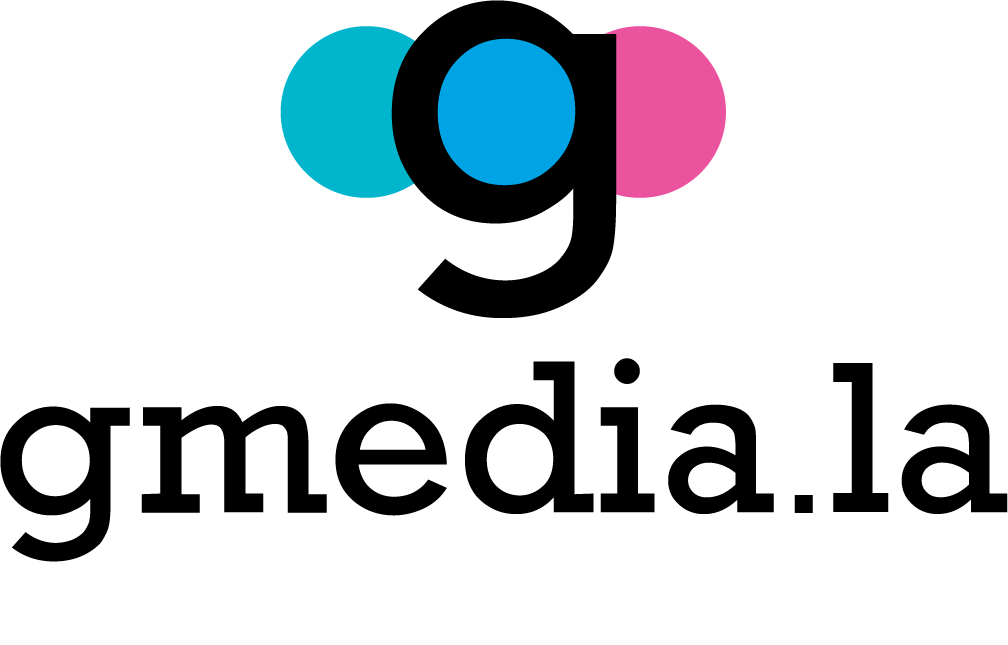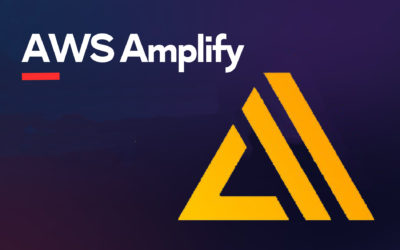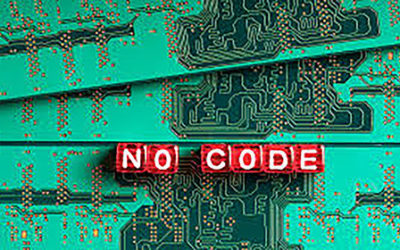It is no surprise that frameworks are essential for a good and robust website. This refers to the backend as well as the frontend. Today, we will present the most relevant backend frameworks.
What are the types of web frameworks?
There are three types of frameworks: Client-side, Web frameworks, and Server side. However, the two most used are:
1. Client-side
This is also called frontend. It helps implement and improve and implement new user interfaces, considering the work happening in the browser because it is not related to business logic.
There are no similar frontend frameworks because of the variety of uses and functions. When combining these frameworks with SPAs (Single Page Applications), you can facilitate many animated traits.
2. Server-side (backend)
This type of framework, also known as backend, enables the creation of simple pages, different forms and landing pages. They not only deliver output data but also help improve security during web attacks.
Simply put, backend frameworks are a library of tools and modules helping build the architecture of a website.
The priority of server-side frameworks is setting essential and accurate details. They usually focus on scripting languages like JavaScript, Ruby, and Node.js.
Why use a backend framework?
The goal of a backend framework is to automate the output associated with the software development functions. There are multiple benefits like:
- Scalability
- Security
- Time-saving
- Integration
What are the best frameworks to work with this year?
Web app frameworks aim to improve performance and fast development. Here are our three top frameworks for this year.
1. Django
It is a Python-based framework that works as an open-source and helps build database-driven sites. Among its many benefits, it is SEO Optimized, it enables developers to use multiple elements simultaneously, and gives scopes to create all types of websites.
2. Ruby on Rails
Ruby is a web app development framework written in the Ruby language. It encourages developers to use patterns like DRY (Don’t Repeat Yourself) y MVC (Model View Controller). It is ideal to create, analyze and maximize the software independently. Among its advantages, it can run automated testing, helps programmers combine their pre-designed code into their framework for a big project, and contains large libraries with top-notch tools to develop a strong site.
3. Flask
Flask is a Python-based framework that helps create modern sites. It helps create WSGI-compatible web applications and Jinja2 for building templates. It is also ideal for rapid development and a rapid deployment and features a RESTful extension that allows minimal setup for creating REST APIs.
Are you looking for the best team to help you with a good framework? We are that team. Contact us today.










